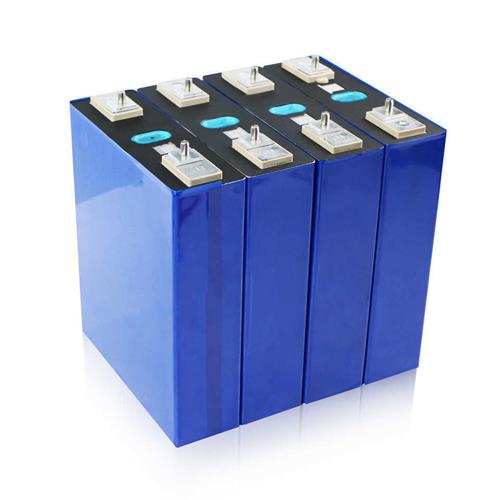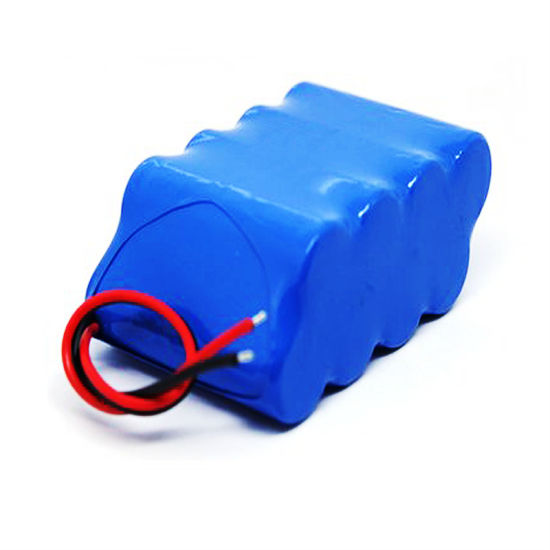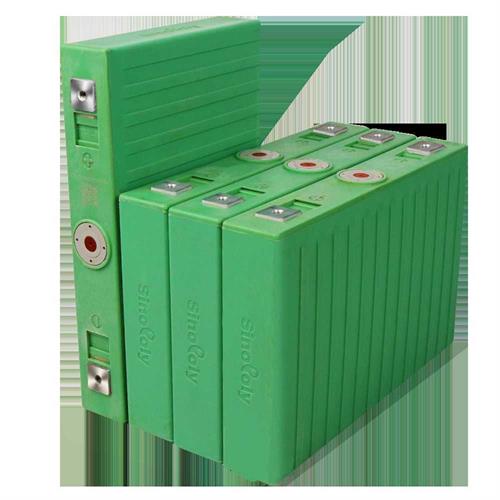The Ultimate Guide to Finding the Correct Solution for Lithium Battery Packs
The Ultimate Guide to Finding the Correct Solution for Lithium Battery Packs
Understanding Lithium Battery Packs
Lithium battery packs have become integral components in modern electronics, from smartphones to electric vehicles. Their lightweight nature, high energy density, and efficiency make them a popular choice for powering devices. However, selecting the right lithium battery pack can often be a daunting task due to the myriad of options available in the market. Understanding what constitutes a quality lithium battery pack is the first step toward making an informed decision.
Types of Lithium Batteries
There are several types of lithium batteries, each designed for specific applications. The most common types include Lithium-ion (Li-ion), Lithium Polymer (Li-Po), and Lithium Iron Phosphate (LiFePO4). Li-ion batteries are widely used in consumer electronics because of their high energy density and long cycle life. Li-Po batteries, on the other hand, are known for their flexibility in shape and size, making them ideal for portable devices. LiFePO4 batteries offer excellent thermal stability and safety, making them perfect for applications requiring robustness. Understanding the distinctions between these types can help in determining which solution fits your needs best.
Key Factors to Consider
When choosing a lithium battery pack, several factors warrant consideration. First is the capacity, measured in milliamp hours (mAh), indicating how long a battery can provide power before needing a recharge. The voltage is next; it determines the compatibility of the battery with the device it will power. Cycle life, or the number of charge and discharge cycles a battery can undergo before its performance significantly degrades, is another crucial element. Finally, consider safety features, such as overload protection, that ensure safe operation during use. All these factors play a vital role in the battery's overall performance and suitability for your application.
Where to Source Your Lithium Battery Pack

Finding a reliable supplier for your lithium battery pack is essential for ensuring quality and safety. Look for manufacturers with a solid reputation and reviews to back their claims. Established companies often provide warranties and customer support, which can be valuable in case of technical issues. Moreover, check if the supplier complies with safety standards and regulations specific to lithium batteries, as this ensures a higher level of product reliability. Researching reputable online platforms and local distributors can lead to great sourcing options.
Maintenance and Care

To extend the lifespan of your lithium battery pack, proper maintenance is crucial. Store the batteries in a cool, dry place and avoid extreme temperatures, as both high heat and severe cold can damage battery cells. Regularly check for signs of wear or damage, such as swelling or corrosion. It’s essential to use the correct charger and avoid overcharging or discharging the battery, as these practices can significantly shorten its lifespan. Following these care tips will help ensure your lithium battery pack remains in optimal condition for an extended period.
Conclusion
Finding the correct solution for a lithium battery pack doesn’t have to be overwhelming. By understanding the different types of lithium batteries, considering crucial factors, sourcing from reputable suppliers, and ensuring proper maintenance, you can make a well-informed decision that meets your energy needs. Embracing technology that offers reliability and efficiency will not only enhance your devices’ performance but also contribute positively to your overall experience. Whether for personal use or business applications, investing time in the correct selection of lithium battery packs will pay off in the long run.

